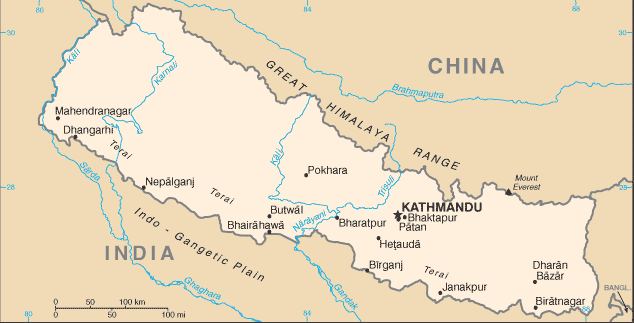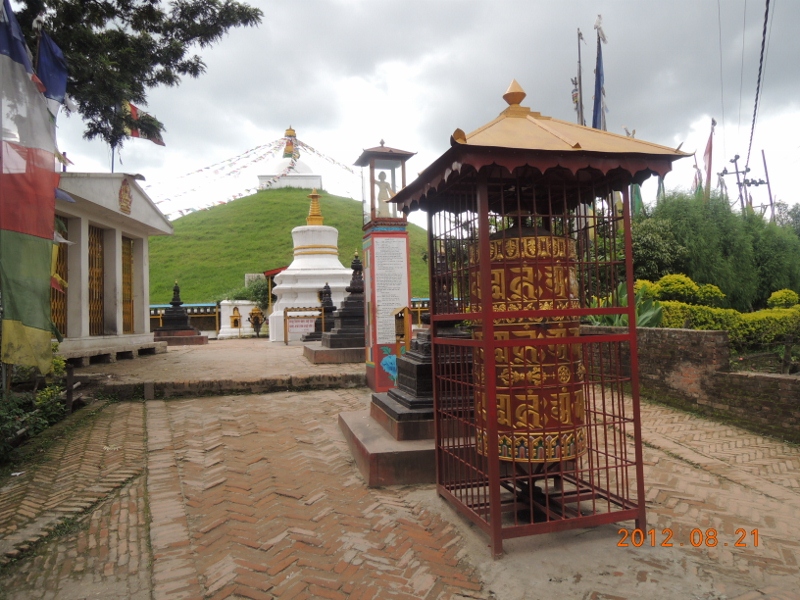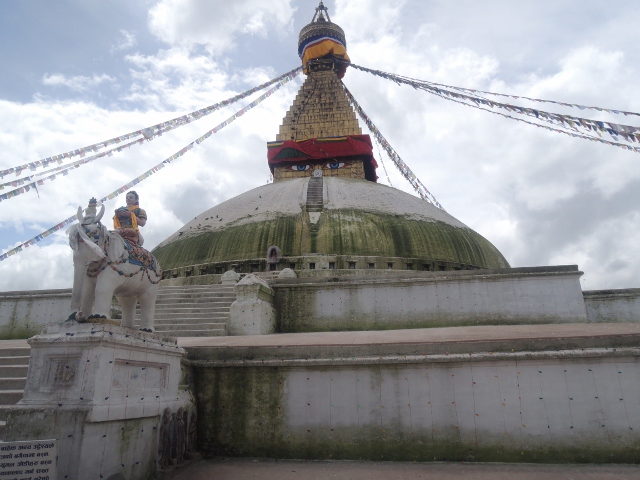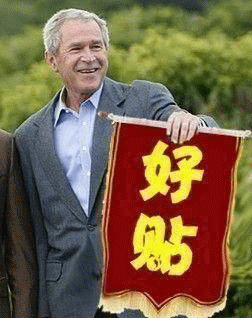
�ڷQ�z�L�t�C���{�бª��ۧ@½Ķ�Ӥ��гo����N�ǥX�����˦�оǪ̡C���{�б¬��F�_�����˦�СA�@�X���j���^�m�C�L�ۧ@�����A�ƤQ�س��P���˦�Ц��K�����p�A�z�L�L�A�H�@��b�a�������H�A�[�W�]�O���˦�Ъ��k�v�������A�ӱa��ڭ̻{�ѥ��˦�Ъ����v�P�媫�A�ڷQ�O�㦳�S�O���N�q�C
Introduction:Buddhism in Nepal���y���������
Religion in the Kathmandu Valley has historically comprised five main traditions. The first is animism, worship of the spirits. The second, most widespread element is worship of the Mother Goddesses and other forms of Devī. The third is worship of the god Śiva. The fourth is worship of Viṣṇu. The fifth tradition is Vajrayāna Buddhism�Xthe form of Buddhism that has been practiced at Hiraṇyavarṇa Mahāvihāra since its inception.
�[�w�����s���b���v�W�ӬݡA�����ةv�жDzΡC�Ĥ@���u�x�F�סv���R���A�]�N�O�R���F��C�ĤG�ءA�̴��M���Φ��O�R���u���˯��v�Ψ�L�Φ����ѤH�C�ĤT�رR���N�O��C���]Ķ�סG�L�ױЪ��u�W�ҡv���@�A�Y�ҿת��u�j�ۦb�ѡv�A�x�����^�C�ĥ|�شN�O�s�㥣�]Ķ�סG�Y�ҿת��u��ѡv�A�]�O�L�ױЪ��u�W�ҡv���@�A�x�Х͡^�C�Ĥ��شN�O���譼��Тw�w�o����Ъ��Φ��]�N�O�u��ԯI�˯Ǥj�x�v�]Ķ�סG�]�N�O�ҿת��u�����x�vGolden Temple�A�O�����a�ϳ̨㦳�DzΡA�O�s�̧�������Цx�|�^�b�Щl�ɴ��N�צ�줵�Ѫ������C






 ���D�D�����Ϥ��p�U�G
���D�D�����Ϥ��p�U�G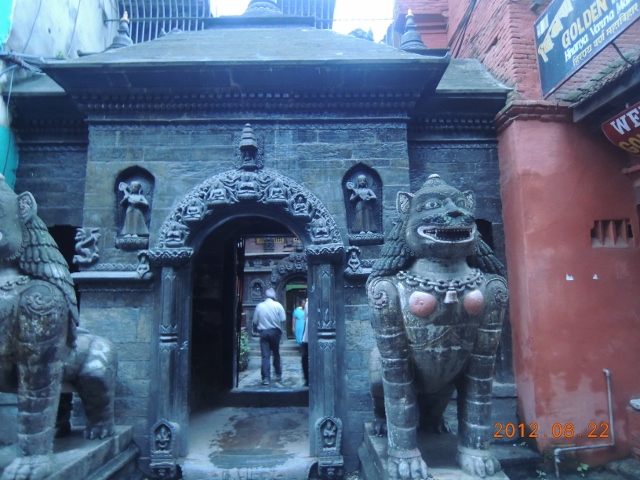
![ip�a�}�w�]�m�O�K](skins/Default/ip.gif)


 ���D�D�����Ϥ��p�U�G
���D�D�����Ϥ��p�U�G